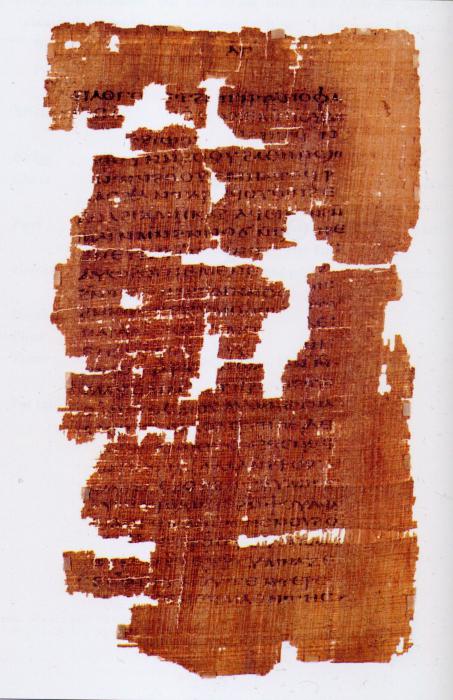What is the gospel?The word "gospel" is tracing (direct translation) of the Greek word "evangelion", which literally means "good news." The gospel is texts that describe the life of Jesus Christ. The most famous of them are the four canonical Scriptures - the Gospel of Mark, Matthew, Luke and John. However, this definition can describe apocryphal or non-canonical texts, Gnostic and Judeo-Christian Gospels. In Islam, there is the concept of "Injil", used to refer to a book about Christ, which is sometimes translated as "the gospel." This is one of the four holy books of Islam, which is considered a divine revelation according to the Koran. Muslims are of the opinion that over time, Injil was reworked and distorted, as a result of which God sent the prophet Muhammad to earth to reveal the last book to the people - the Koran.

Traditionally, Christianity highly appreciatesFour canonical Gospels, which are considered as revelation and are the basis of a religious belief system. Christians claim that such a gospel gives an accurate and reliable picture of the life of Jesus Christ, but many theologians agree that not all episodes from the scriptures are historically accurate.
What is the Gospel: Christian canonical writings
In ancient times many texts were createdclaiming a reliable description of the life of Christ, but only four of them were recognized as canonical, that is, they were part of the New Testament. The insistence that these books, and not any others, enter the canon in 185 was put forward by one of the Fathers of the Church, Irenaeus of Lyons. In his main work, Against Heresies, Irenaeus condemns various early Christian groups that recognized only one of the Gospels. Thus, the Marcionites relied only on the Gospel of Luke in the version of Marcion, and the Evionites, as far as is known, followed the Aramaic version of the Gospel of Matthew. There were also groups that kept scriptures of later origin.

Irenaeus proclaimed that the fourtest are the "pillar and statement of the Church." “It’s impossible to have more or less than four,” he argued, referring to the analogy with the four sides of the world and the four winds. The metaphor of the divine throne brought by him, which is supported by four creatures with four faces (lion, bull, eagle and man), was borrowed from the Book of the Prophet Ezekiel and referred to the "quadrilateral" Gospel. In the end, Irenaeus succeeded in recognizing that the Gospel, which includes the four scriptures, was the only true one. He also supported the study of each scripture in the light of the rest.

At the beginning of the 5th century, the Catholic Church representedInnocent I recognized the biblical canon, which included the Gospel of Matthew, Mark, Luke, and John, which had already been approved at some regional synods: the Roman Church Council (382), the Ipponsky Cathedral (393) and two Councils in Carthage (397 and 419). Thus, the canon translated by St. Jerome in 382 on behalf of Pope Damas I became generally accepted.











